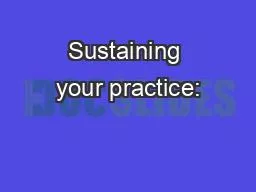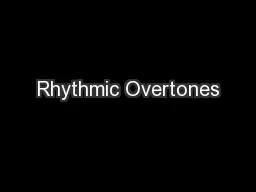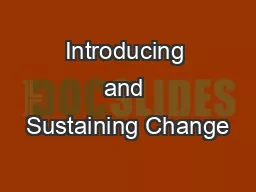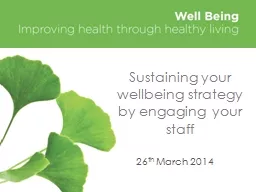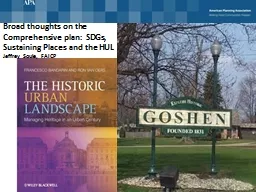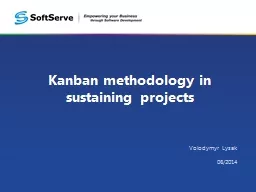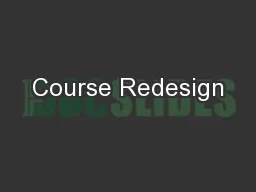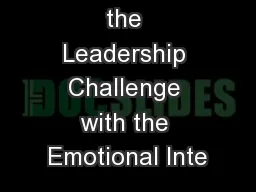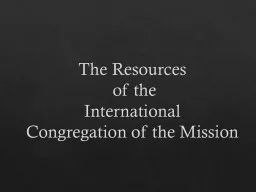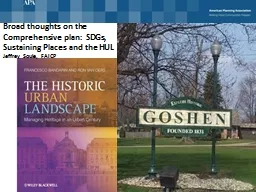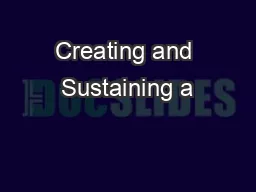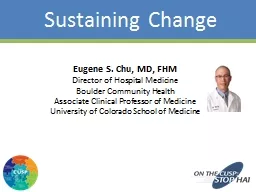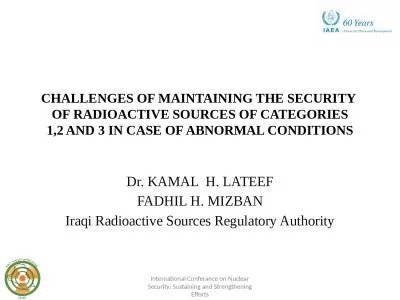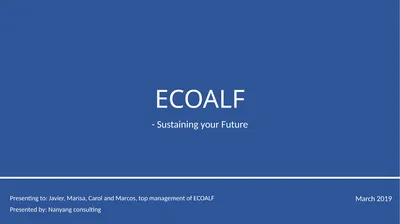PPT-Sustaining your practice:
Author : maxasp | Published Date : 2020-06-23
Using mindfulness as an everyday tool to promote compassion Cora Collette Breuner MD MPH FAAP Professor Department of Pediatrics Adolescent Medicine Adjunct Professor
Presentation Embed Code
Download Presentation
Download Presentation The PPT/PDF document "Sustaining your practice:" is the property of its rightful owner. Permission is granted to download and print the materials on this website for personal, non-commercial use only, and to display it on your personal computer provided you do not modify the materials and that you retain all copyright notices contained in the materials. By downloading content from our website, you accept the terms of this agreement.
Sustaining your practice:: Transcript
Download Rules Of Document
"Sustaining your practice:"The content belongs to its owner. You may download and print it for personal use, without modification, and keep all copyright notices. By downloading, you agree to these terms.
Related Documents

